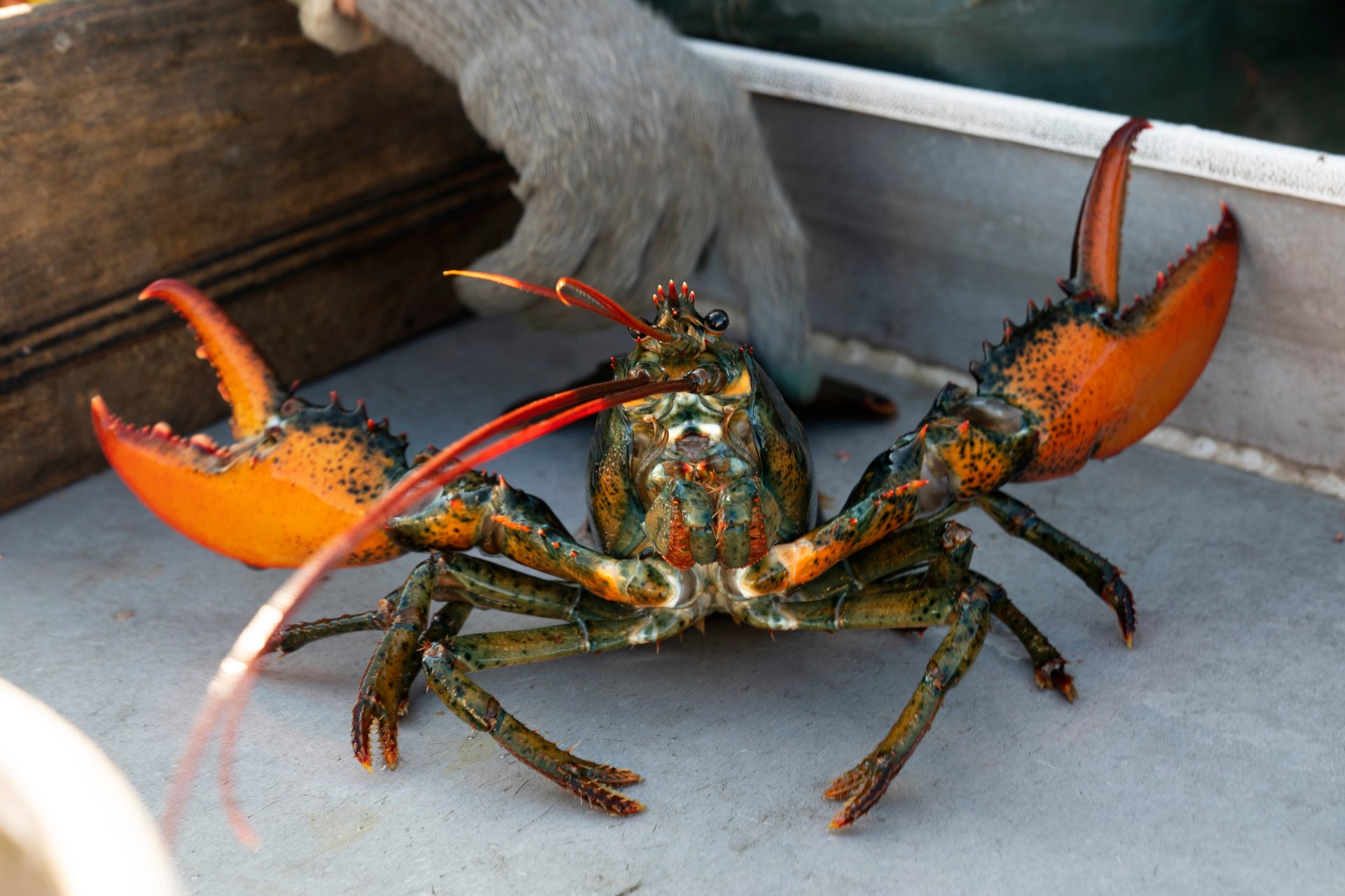Young lobsters show decline off New England, and fishermen will see new rules as a result
Officials say surveys have detected that the population of young lobsters has declined nearly 40% in some of the most critical fishing waters off New England

PORTLAND, Maine (AP) — The population of young lobsters has declined nearly 40% in some of the most critical fishing waters off New England, officials said Wednesday, triggering new restrictions for the fishermen who harvest the valuable crustaceans.
Suggested Reading
Officials with the regulatory Atlantic States Marine Fisheries Commission said surveys have detected a 39% decline in young lobsters in the Gulf of Maine and Georges Bank areas for 2020-22 compared to 2016-18. The areas are among the most important lobster fishing grounds in the world.
Related Content
The drop in lobster recruitment is a continuation of a recent trend off New England, said Caitlin Starks, senior fisheries management plan coordinator with the commission.
“I wouldn't say it's very surprising just given that we've seen a declining trend for a number of years now,” Starks said. “We're seeing decline in those recruits.”
The commission announced the drop in young lobsters just months after adopting new rules designed to better protect the creatures from overfishing. The new rules state that fishermen must adhere to stricter size limitations on the lobsters they can catch when the young lobsters show a decline of 35% or more.
The initial timeline in the new rules would have brought the stricter rules into play on June 1, 2024, but Commissioner Patrick Keliher of the Maine Department of Marine Resources successfully moved to delay implementation to Jan. 1, 2025. Keliher said the decline must be taken seriously, but the U.S. lobster fishery would have inequities with Canadian fishermen if they switched to new size requirements too quickly.
“Because the trigger was tripped much more quickly than we anticipated, the delay in implementing the gauge size increase will provide the Gulf of Maine states the opportunity to coordinate with Canada regarding possible trade implications and give the industry and gauge makers additional time to prepare for these changes,” Keliher said.
How much the new rules will impact the availability or price of lobsters to U.S. consumers is difficult to say. Lobsters caught by Canadian and American fishermen both enter the U.S. supply chain. Live lobsters have been readily available to New England seafood consumers in recent years, though retail prices have been fairly high.
The American lobster business, based largely in Maine, has been successful in recent years, with hauls routinely over 100 million pounds (45.4 million kilograms) per year after rarely approaching that number before 2010. But scientists have raised concerns that warming waters could pose a threat to the future of the lobster industry, which produces some of the most popular seafood in the country.
The American lobster fishery was worth more than $510 million at the docks last year. Nearly $390 million of that total was from Maine. While a historically high number, it was the lowest value year since 2013.